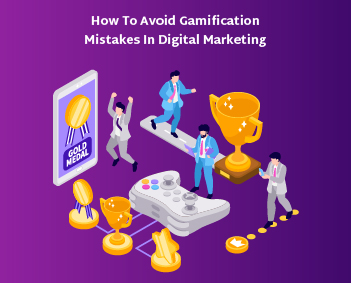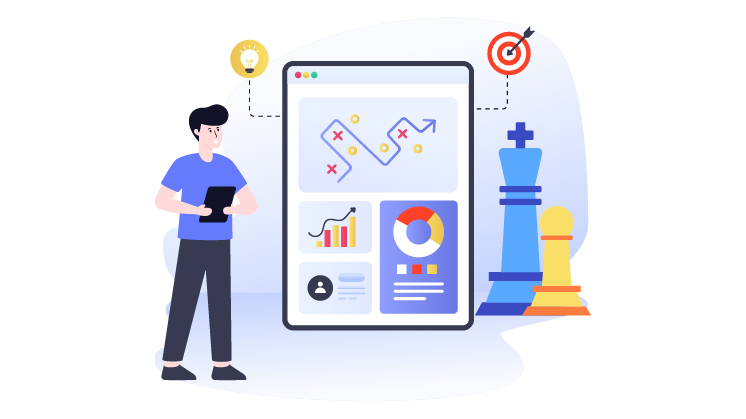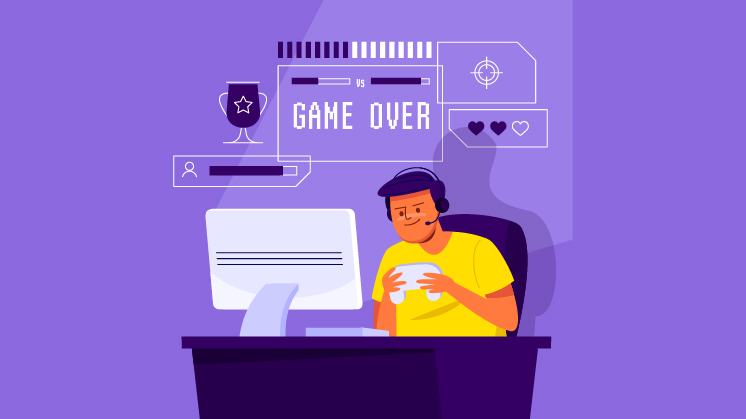As digital marketing is evolving day by day, businesses are increasingly turning to gamification to engage their customers and drive sales. However, despite its potential benefits, gamification can also be misused or implemented poorly, leading to negative consequences for the company and the customer.
In this short guide, we’ll explore the most common gamification mistakes in digital marketing and provide actionable tips on how to avoid them.
What is Gamification?
Before we discover mistakes, let’s define what gamification is.
Gamification is the process of adding game elements and mechanics to non-game contexts, such as marketing campaigns, to increase engagement and motivation. This can include rewards, challenges, leaderboards, and social sharing.
The Importance of Gamification in Digital Marketing
According to a study by Gartner, 80% of companies use gamification in their marketing strategies.
Gamification has become a popular digital marketing strategy in recent years, with many companies using rewards, challenges, and leaderboards to engage their customers and drive sales. But what makes gamification so effective?
- Increased Engagement: Gamification can increase customer engagement by providing a sense of competition and achievement.
- Improved Customer Retention: Gamification can encourage customers to return to a website or app, increasing customer retention.
- Increased Sales: Gamification can drive sales by providing incentives and rewards for customers to purchase.
Common Gamification Mistakes in Digital Marketing
Despite its potential benefits, gamification can also be misused or implemented poorly, leading to negative consequences for both the company and the customer.
Here are some common gamification mistakes in digital marketing:
Mismatched Mechanics
Imagine playing a racing game where winning relies on watching endless ads. This disconnect between the game mechanics and your brand offering is a recipe for disaster. Ensure your gamified elements are relevant and complement your core business.
Focus on Features, Not Fun
Don’t get caught up in adding bells and whistles. The core of any game is enjoyment. Prioritize mechanics that are intrinsically fun and engaging for your target audience.
Extrinsic vs. Intrinsic Motivation
While rewards can motivate, relying solely on extrinsic motivators like points and badges can backfire. Focus on fostering intrinsic motivation by creating a sense of challenge, mastery, and community.
Lack of Clarity
Confusing rules or unclear goals will frustrate users. Ensure your gamified experience has clear instructions and well-defined objectives.
Short-Term Thinking
Don’t view gamification as a one-time campaign. Design a sustainable system that offers continuous challenges and rewards to keep users engaged over the long term.
How to Avoid Gamification Mistakes in Digital Marketing
Here is how you can avoid gamification errors in digital marketing:
Choose the Right Mechanics: Select game mechanics that align with your goals that your audience can relate with. Here are some popular options:
- Points: A classic mechanic that rewards users for completing tasks.
- Badges: Digital awards that recognize achievements and milestones.
- Leaderboards: A competitive element that motivates users to strive for the top.
- Levels: A progression system that unlocks new features or rewards as users advance.
- Challenges: Time-bound events that encourage users to participate and compete.
Keep it Simple and Clear: Avoid overly complex mechanics or confusing rules. Ensure users understand how to participate and what to do to win.
Focus on Intrinsic Motivation: While rewards can be a nice addition, prioritize mechanics that ignite a sense of accomplishment, mastery, and community.
Balance Challenge and Reward: The game should be challenging enough to be engaging but not so difficult that users get discouraged. Offer achievable goals and well-calibrated daily rewards.
Integration is Key: Integrate your gamified experience with your existing digital marketing channels and platforms.
Track and Analyze: Monitor user engagement and adjust your gamification strategy based on data. Continuously iterate and improve to ensure your experience remains fresh and engaging.
Last Word
Gamification is a powerful digital marketing tool but requires careful planning, execution, and monitoring. Companies can create engaging and effective gamification campaigns that drive results by avoiding common mistakes. Remember to define clear goals and objectives, balance rewards with intrinsic motivation, and incorporate industry standards and best practices. The above tips can give you a successful gamification campaign that drives engagement and results.



